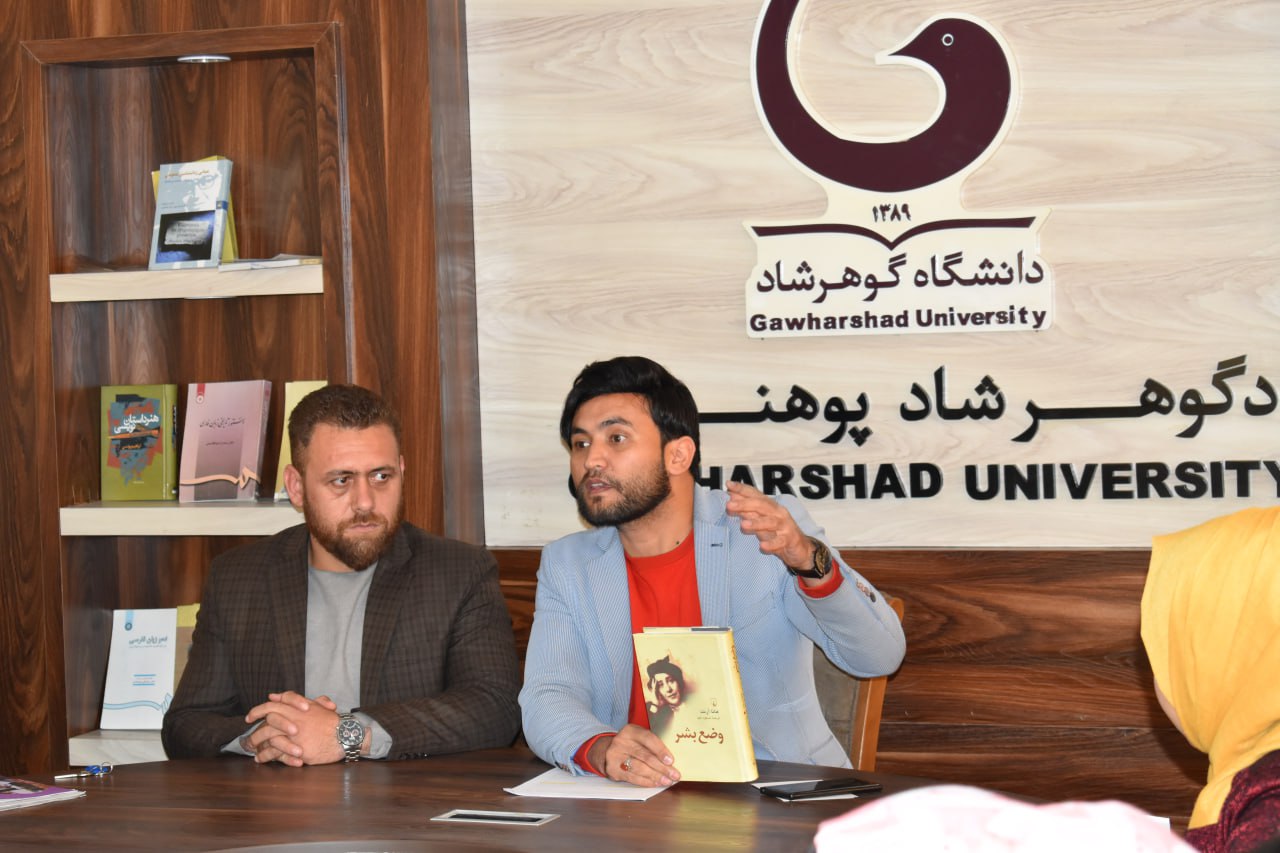Introduction to The Human Condition by Dr. Seyed Mohammad Taghi Hosseini, Deputy of Research and Development at Goharshad University: Hannah Arendt can undoubtedly be considered one of the most important thinkers of the twentieth century and the greatest female philosopher of this century (although she considers herself not a philosopher but a political theorist in her own interviews). Arendt is an exceptional figure in terms of the depth and breadth of her thinking, as well as her mastery of Western philosophical texts.
"The Human Condition" is one of Hannah Arendt's most prominent and influential works. It is a book full of unexpected perspectives that are more relevant to the present time in many ways. In this book, Hannah Arendt juxtaposes a life dedicated to action against a life dedicated to contemplation, inviting the reader to engage in further reflection on this subject. She describes the concepts of labor, work, and action and their place in the human condition, tracing their historical development up until our time and showing how our approach to a life dedicated to action has undergone various ups and downs and changes from ancient Greece to today.
"The Human Condition" is a philosophical and historical work that was first published in 1958. This book is an extraordinary and innovative work with unique insights that have become even more applicable and accurate over several decades.
In her research on the modern "human condition," Hannah Arendt focuses on human beings from the perspective of what they are capable of doing. The problems she addresses in this book are still gripping human society: the diminishing independence and political freedoms of individuals, as well as a contradiction that suggests that as our capabilities increase through technological and humanistic achievements, we have less control over the consequences of our actions.
"The Human Condition" is an exceptionally enlightening and profound work that introduces readers' minds to a new world of thoughts.
Arendt says: "By the term vita activa, I mean three fundamental human activities: labor, work, and action. They are fundamental because each corresponds to one of the basic conditions under which human beings have found life on Earth. Labor is an activity corresponding to the biological process of the human body, which involves growth, metabolism, and decay in the course of sustaining vital needs and necessities. The human condition is labor itself. Work is an activity corresponding to the non-natural existence of human beings, which does not have a place in the uninterrupted life cycle of [human] species and its irreversibility does not restore this cycle. Global work produces objects that differ from any natural environment in a certain way. Each individual life resides within its limited range, while this world itself is supposed to outlive and surpass all of them. The human condition is being a global worker. Action is the only activity that flows directly between humans without intermediaries such as objects or materials. It corresponds to the plurality of the human condition, corresponding to the fact that humans, not just one individual, inhabit and dwell on Earth. Although all aspects of the human condition are somehow related to politics, this plurality is specifically a necessary condition for any political life."
